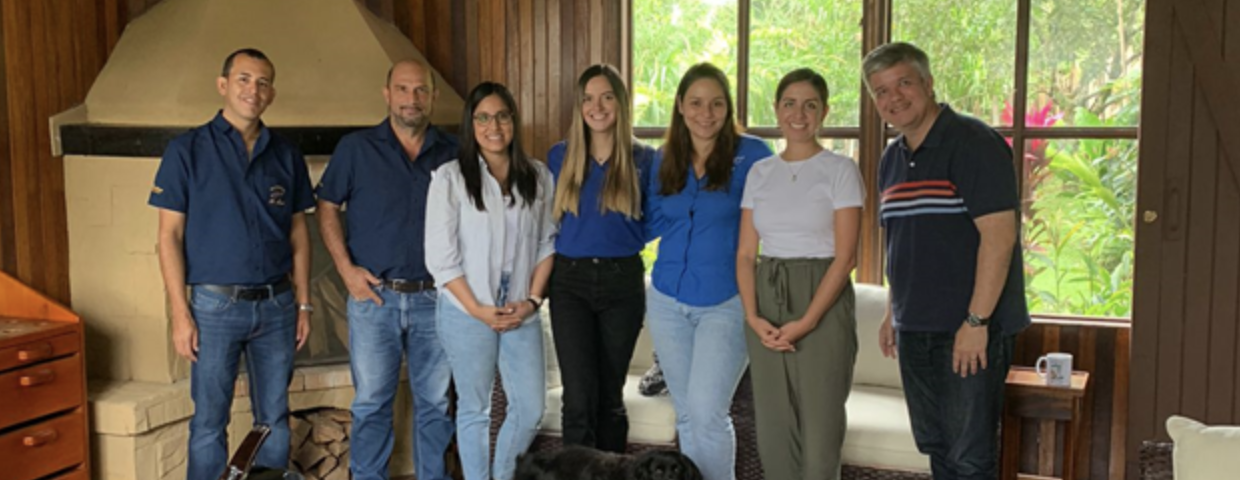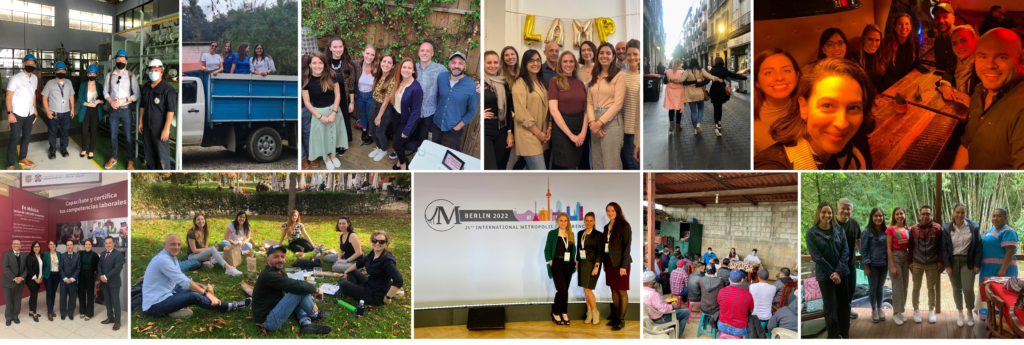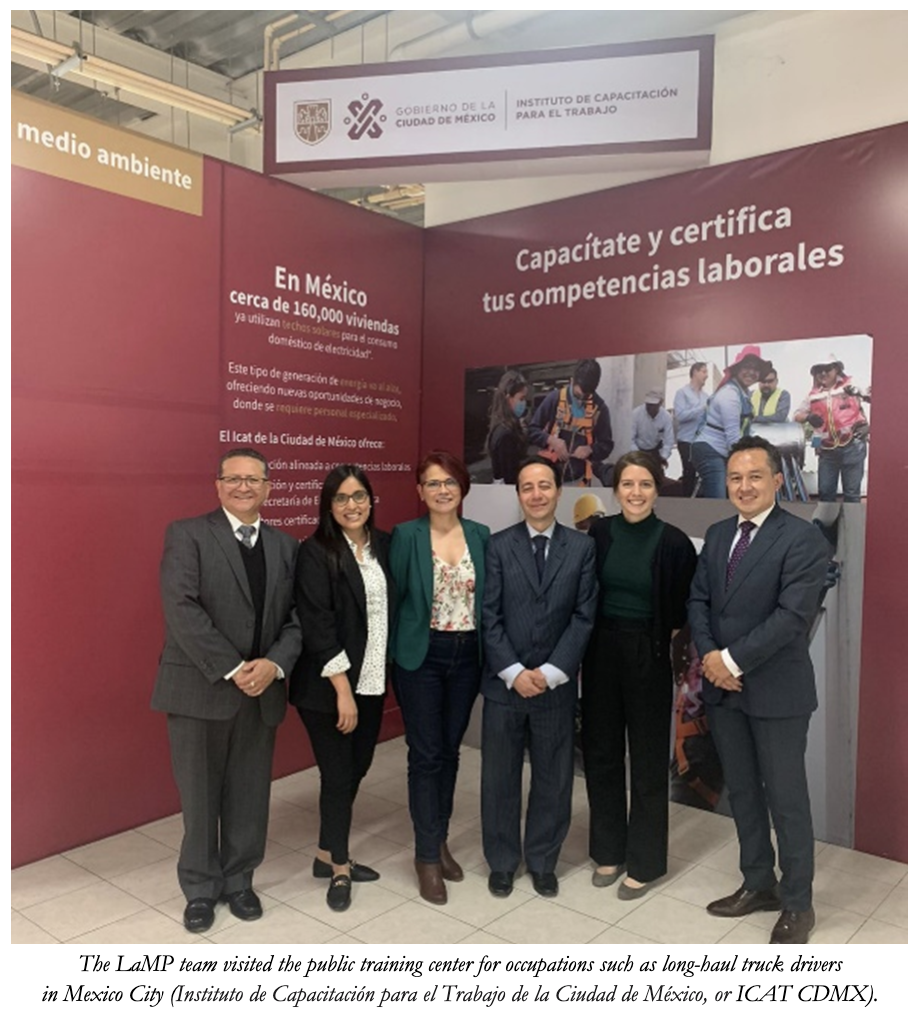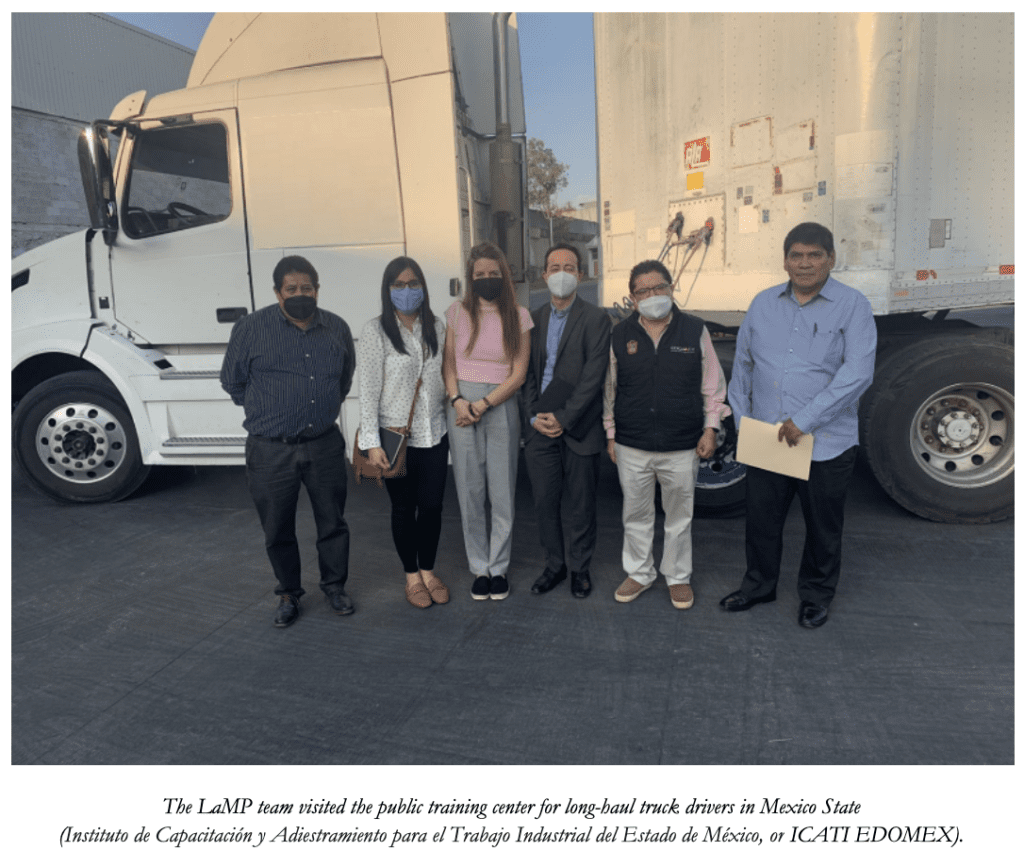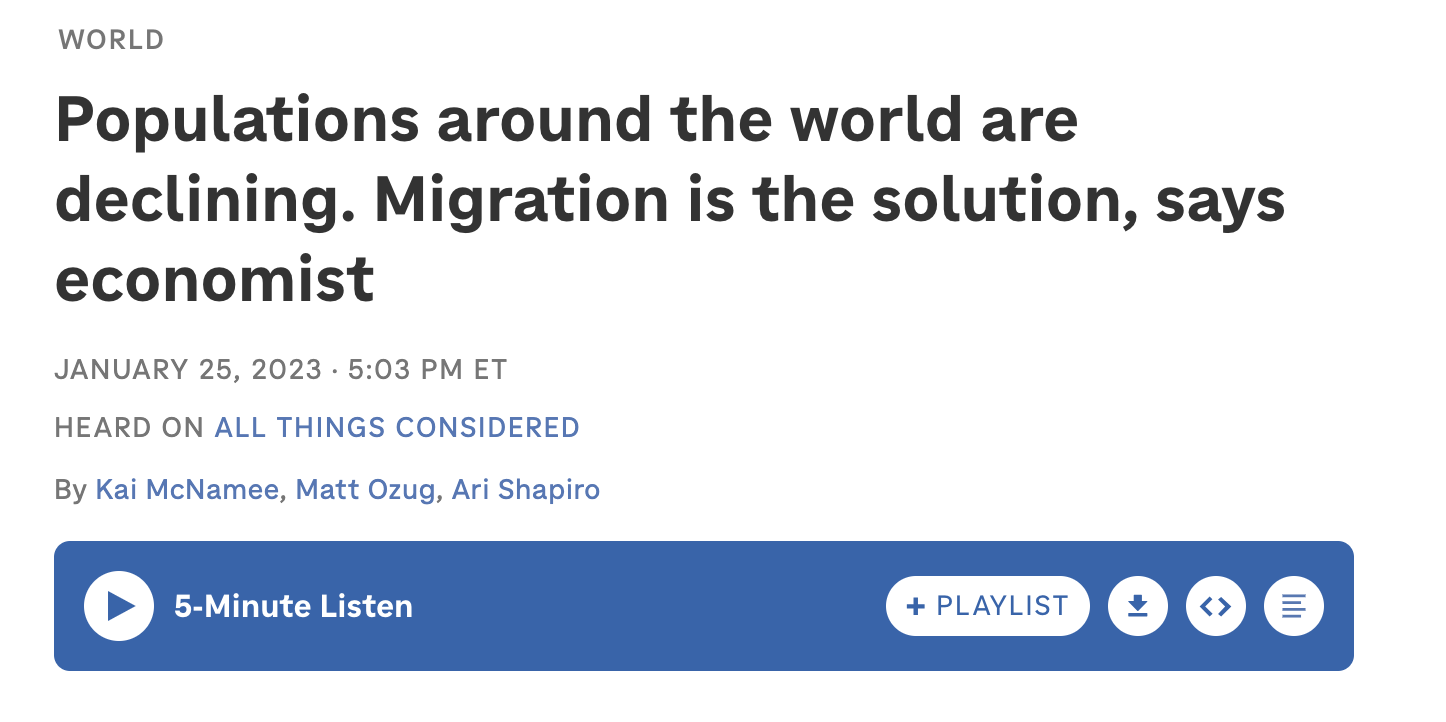
Please direct questions or interest through our contact form. The following content was originally published on NPR January 25, 2023 here.
ARI SHAPIRO, HOST: There’s an imbalance in global birth rates. China’s population is shrinking for the first time in decades, raising fears that China’s economy could shrink with it. Europe’s population is quickly getting older, too. Meanwhile, parts of the developing world are facing a youth bubble. So could immigration help address both of these problems? Lant Pritchett is a development economist who studies labor markets and migration. Welcome to ALL THINGS CONSIDERED.
LANT PRITCHETT: Thanks for having me.
SHAPIRO: Before we get to the question of immigration, explain why it matters if a country has a slowing birth rate. How does the number of babies born change a country’s economic outlook?
PRITCHETT: Well, the problem isn’t so much that the overall population shrinks. It’s that during the period after the birth rate falls, it’s something we call inverting the demographic pyramid, which instead of there being a lot more young people than old people in it, the relative populations start to shrink and you go from having lots of people in the labor force to support the elderly, to headed towards a quality of people in the labor force and people in the aged population. And that just has never happened in the history of the world. And it’s not clear it’s a sustainable way to sustain the social contract that we have in which the young support the old.
SHAPIRO: Beyond China, how much of the world is facing this problem?
PRITCHETT: It pretty much is endemic across the rich, industrial world. I’ve done calculations from the standard U.N. projections, and, over the next 30 years, there’s going to be 100 million more old people but 143 million less people in the workforced age category. So this is across the rich, industrial world.
SHAPIRO: Meanwhile, parts of the developing world are looking at the opposite problem. The 10 youngest countries in the world are all in sub-Saharan Africa. Could those countries help provide a solution to the countries that are aging?
PRITCHETT: They definitely could and definitely would. Gallup surveyed people around the world of whether they would be willing to move to another country, and something on the order of a billion people in the world said they’d be happy to move and work in another country. So no question that there’s an ample supply of workers who would be willing to move and take up the jobs that the rich world needs and just don’t have youth to take.
SHAPIRO: And yet, immigration is not just an economic question, it’s a political one. And political sentiment seems to be going in the opposite direction. Anti-immigrant attitudes are growing across Europe and in many parts of the highly developed world.
PRITCHETT: That’s true. But I think, in part, that’s because we’ve traditionally forced two really high tension questions to be the same answer. One question is, who are the future citizens? Who are the future members of what we regard as us – our society, our nation? And the other question, though, is who are we going to allow to be legally present on our territory to do labor services? My feeling is if we allow those questions to be separated and we have a discussion about who are the immigrants that we want to form our future society as a separate per discussion about who are we going to allow to come to our country and work – I think once those questions are separated, we can manage the political and social consequences of migration while still meeting the very dire needs that these economies have to, you know, fill jobs that just won’t otherwise be able to be filled.
SHAPIRO: You’re talking about something like temporary work visas. I was recently in the strawberry fields of southern Spain, which tried that kind of a program. And Spanish officials told me a lot of people skipped out and stuck around when they were supposed to have gone back at the end of harvest season. Is that inevitable?
PRITCHETT: That is, by no means inevitable, but it is a pressure. There is no question that once people are in a country where wages are four or five times their home country, there will be a tendency to stay. But I think the prospects for building a good industry that recruits, prepares, places, protects and ensures compliance, I think we can build a good industry to do this. This is not impossible.
I feel we’re sort of in the position now that America was with Prohibition. We wanted to ban all alcoholic beverages, and it just wasn’t enforceable. And so the path to more control of alcohol was through less control of alcohol, through legalizing these flows. I feel the path to better migration is through more migration. We have to acknowledge that these economies really need these workers. And if we really need these workers, we should set up fair, transparent, legally enforced ways in which they can come and in which we can ensure reliable compliance with return, if that’s part of the legal agreement.
SHAPIRO: Does this serve the developing world, too? Or is it just a brain drain, where talent goes to wealthier countries with an aging population?
PRITCHETT: What I’m talking about is mainly labor mobility to meet the low-skill needs. If you look at the U.S. economy, over the next 10 years, the Labor Department says we’re going to have 5 million jobs that don’t require a college degree. And yet, over that same period, we’re going to have 3 million less workers 20 to 40. So what the rich world needs is not, in fact, high-skill, high-talent, brain drain kind of people, exclusively. They would love to get those people. But what I’m talking about is the people with core work skills. And I think that isn’t a brain drain. That is a wonderful thing for the developing world because people just aren’t going to be able to create the numbers of jobs they need to in the developing world. And hence, it’s super win-win.
SHAPIRO: Lant Pritchett is research director with the think tank Labor Mobility Partnerships. Thank you very much.
PRITCHETT: Thanks, Ari.
Copyright © 2023 NPR. All rights reserved.
NPR transcripts are created on a rush deadline by an NPR contractor. This text may not be in its final form and may be updated or revised in the future. Accuracy and availability may vary. The authoritative record of NPR’s programming is the audio record.

